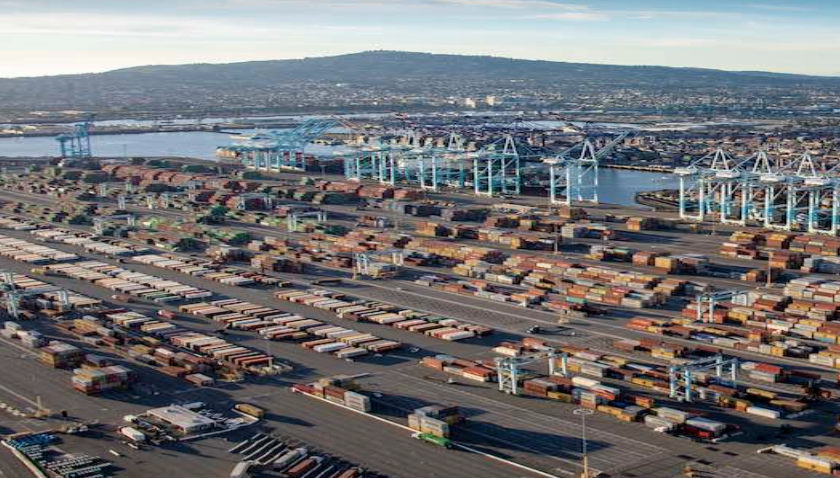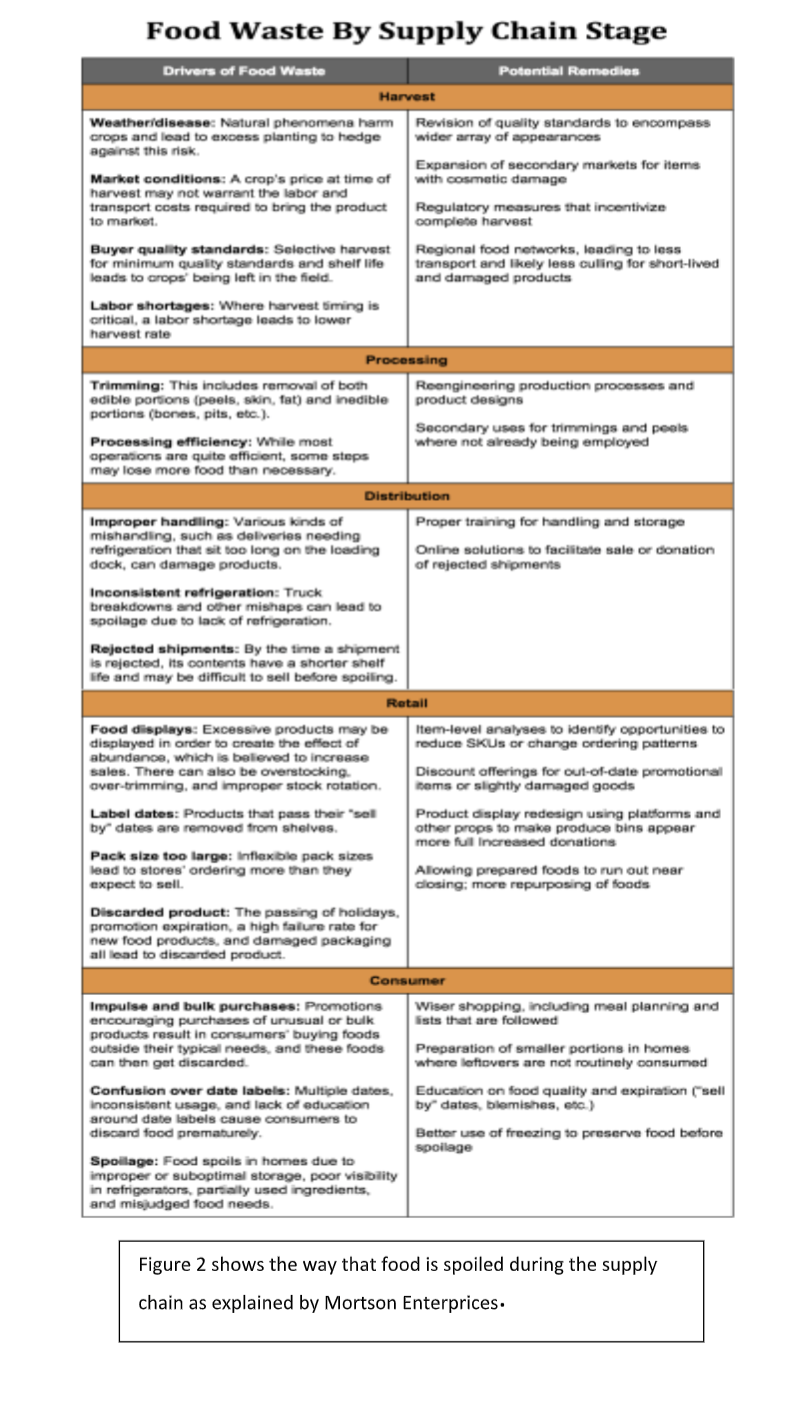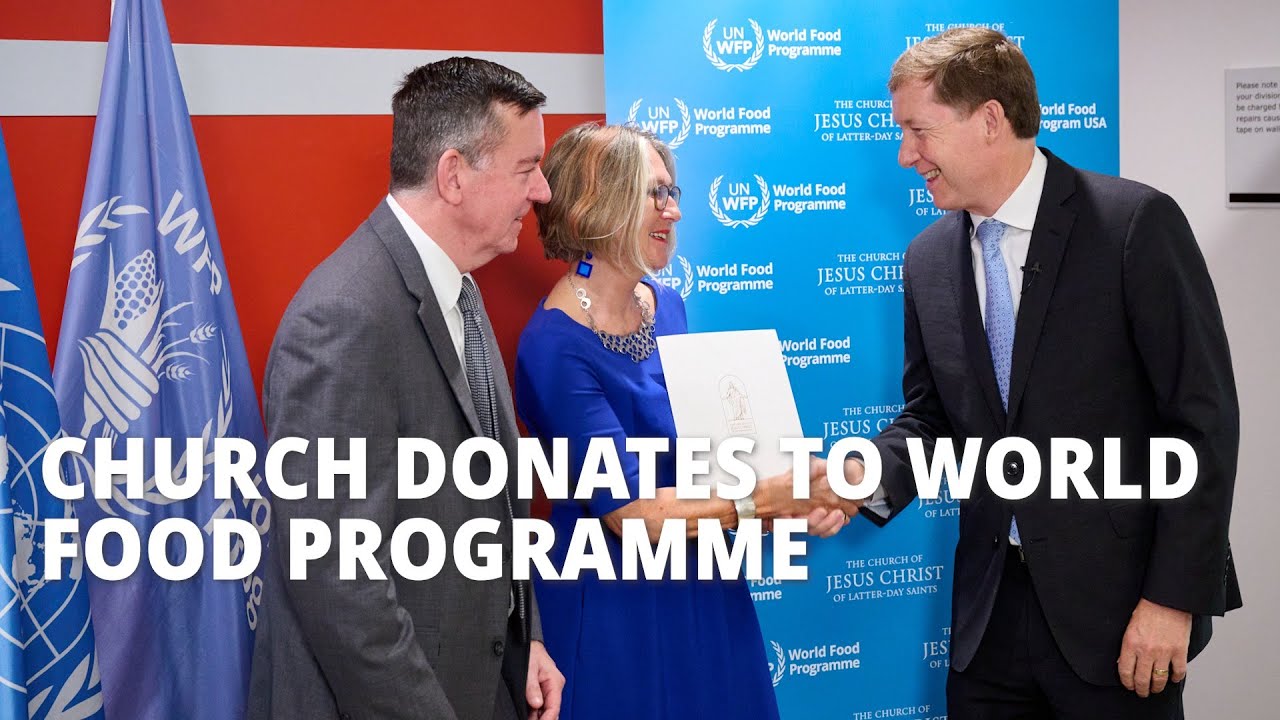
How Supply Chains Will End World Hunger
By: Parker Hoopes
7/11/2023
“Leaders win through logistics. Vision, sure. Strategy, yes. But when you go to war, you need to have both toilet paper and bullets at the right place at the right time. In other words, you must win through superior logistic.” Tom Peters.
In a war against world hunger one of the possible solutions is creating efficient supply chains. Based on my research, money is not the main solution to end world hunger but rather efficient supply chains that can help in distributing resources and creating connections through many different countries.
As figure 1 shows, the amount of people in the world that are malnourished is rising since hitting a low in 2013. While this can be due to a variety of different causes and situations, the way to end hunger is through proper funding and efficient supply chains. While this may not solve the problem for everyone, it will help millions of people.

Mortson enterprises explains that food waste happens in almost all stages of the supply chain. Some of these wastes aren’t by fault of anyone, for example natural disasters, but there is something that can be improved on in every stage to allow more food to be distributed by the end of the process. The following paragraphs explain how food is wasted in each process and some potential solutions as explained by Mortson enterprises.
Harvest is the first stage in the food supply chain. The first problem is market conditions during harvest time. The price of the product may not be enough to pay for labor and other associated cost. To mitigate this there should be incentives to complete the harvest. Another problem is standards of buyers. Products not meeting standards are often left in the field. Secondary markets should be created that allow these products to still be sold with only cosmetic flaws. The next stage is food processing.
Food processing includes deskinning of fruits and vegetables; removals of fats, bones, and other undesired parts. Inefficiencies in this process also cause additional food to be lost such as lack of refrigeration or proper processing. To combat this problem, secondary uses of waste can be found and updated process and infrastructure to improve food processing.
After the processing is complete distribution is the next step in the supply chain. Problems in distribution include improper handling of foods that are time sensitive, inconsistent refrigeration from trucks and transport, rejected shipments leading to shorter time to reach shelves and people. To fix these problems more training is being given to those that handle shipments of food. The industry is also looking into online solutions to help with donating or resale of rejected shipments. These Figure 2 shows the way that food is spoiled during the supply chain as explained by Mortson Enterprices. solutions will help to make distribution more effective. Next on our supply chain journey is the retail side of things. One of the main problems on the retail side is the improper labeling on foods and their sale date. When the date is passed the product is removed from the shelf and discarded. Often these food products don’t need to be discarded but could be donated or sold at a discounted price. Another problem is not allowing stores to buy what they need. This leads to stores having more food than they can sell resulting in more wasted items. Overall to solve retail problems food that stores can’t sell should be redistributed to local food banks or shelters that can use them immediately.

The final step in the supply chain process is the consumer or in other words- us! If you have ever let food sit in your fridge for a month just to throw it out, you are part of the problem. Impulse and bulk buying lead to food spoilage and is often a problem for people buying for themselves or just one other. Similar to the retail side, consumers are often confused over date labels which may cause them to throw out food prematurely. The main solution to these problems would be to inform consumers on what they can do to conserve food. We can all do our part in food conservation and use.
One of the main leaders in ending world hunger is the World Food Programme (WFP). Just last year WFP assisted 115.5 million people in 84 countries. The WFP has established a supply chain that helps in its efforts to end hunger. This includes having 5,600 trucks, 30 ships, and 100 planes moving on a given day to help get food where it needs to be.
The Church of Jesus Christ of Latter- Day Saints and their humanitarian branch of LDS Charities has also paired up with WFP to work towards ending hunger. Their projects together have included many things. The first is emergency response after natural disasters.

The Church has also paired up with WFP to participate in a program called, Home Grown School Meals. This program is built to help in providing typical school meals, supports small farms, the local economy, and creates jobs for training.
Organizations like WFP and the Church of Jesus Christ are just a few examples of partnerships between organizations working together to end world hunger.
The time for us to act is now. Hunger is something that affects 1/9 people worldwide. From farmers to distributors to consumers each of us has a role to play in the supply chain to end world hunger. Now is when companies and governments need to set differences aside to help people meet one of their basic needs and having efficient supply chains will be the means to do it.